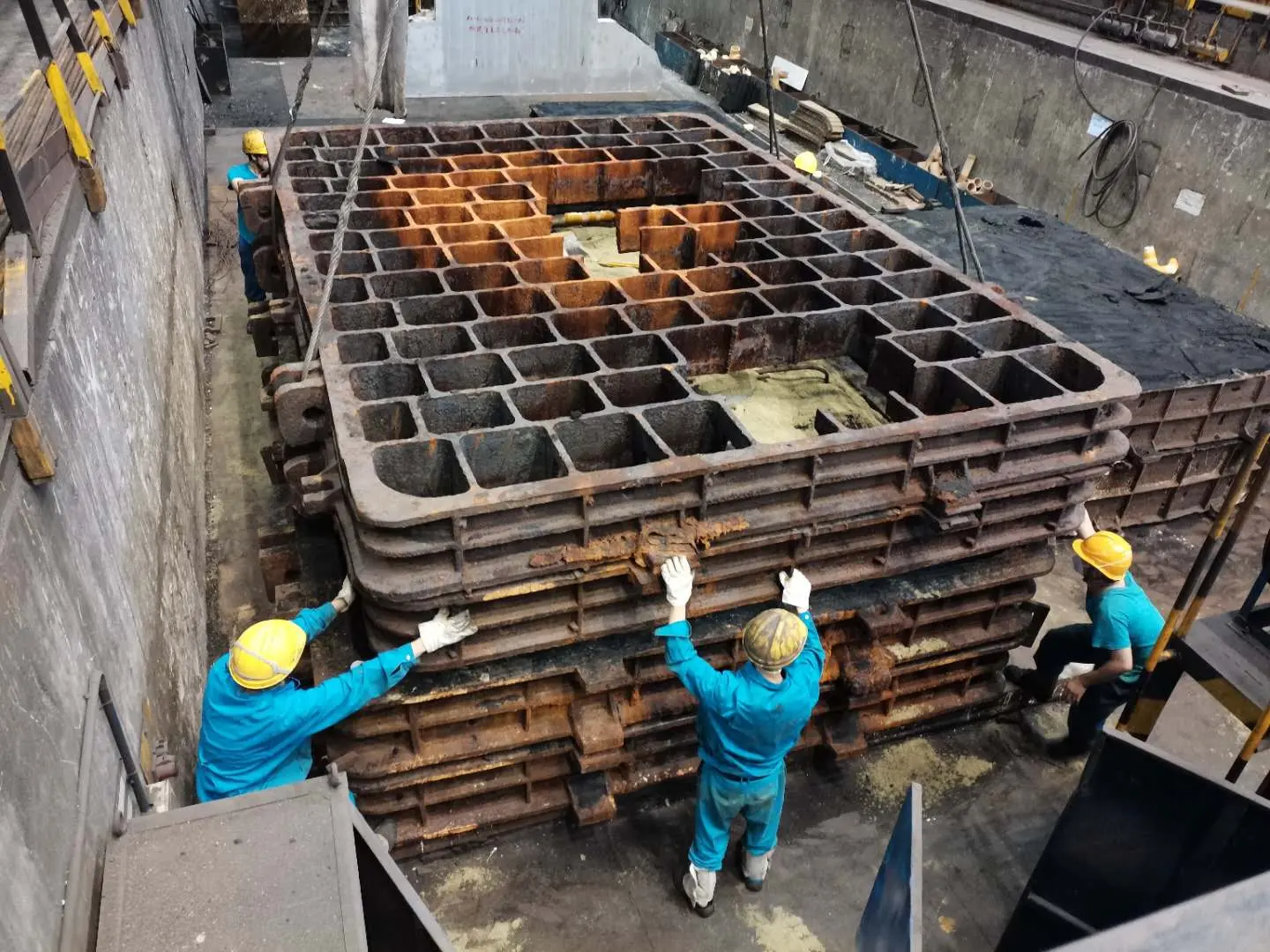Applications of Sand Casting
Sand casting is one of the oldest and most widely used metal casting processes, renowned for its versatility, cost-effectiveness, and ability to produce complex geometries. This technique involves creating a mold from a mixture of sand, clay, and water. Once the mold is prepared, molten metal is poured into the cavity, and after cooling, the mold is broken away to reveal the final product. Due to these inherent advantages, sand casting finds application across various industries, making it a crucial process in manufacturing.
Automotive Industry
One of the primary applications of sand casting is in the automotive sector. Sand casting allows for the production of complex engine components such as cylinder heads, intake manifolds, and engine blocks. These parts often require intricate shapes and high precision, which sand casting can effectively deliver. The ability to cast large parts in one piece helps in reducing assembly time and improving the overall integrity of the components. Additionally, the relatively low cost of sand casting makes it an economical choice for both prototype and mass production.
Aerospace Industry
The aerospace industry also leverages sand casting, especially in manufacturing engine components and other structural parts. The lightweight and high-strength characteristics of cast components are essential in aviation applications where weight reduction directly impacts fuel efficiency. Advanced sand casting techniques, such as the use of investment casting within the sand casting process, allow for the production of parts with superior dimensional accuracy and surface finish, thereby meeting the stringent standards of the aerospace sector.
Art and Sculpture
Beyond industrial applications, sand casting is also utilized in the art world for creating sculptures and artistic objects. Artists and sculptors take advantage of the technique's ability to reproduce complex shapes and textures. The process often involves creating custom molds from original sculptures, allowing artists to replicate their works multiple times. This practice not only helps in preserving artistic designs but also provides a means for artists to make their works accessible to a wider audience.
applications of sand casting

Marine Applications
The marine industry employs sand casting for producing components that resist harsh environments, such as propellers, hull fittings, and frames for boats and ships. Materials like aluminum and bronze are commonly used in sand casting for marine applications due to their excellent corrosion resistance and strength. Additionally, sand casting allows for the creation of large parts that would otherwise be challenging to manufacture using other techniques.
Construction Industry
In the construction sector, sand casting is applied to create a variety of structural components, including brackets, fittings, and decorative elements. The adaptability of sand casting to produce different shapes and sizes makes it suitable for tailored solutions in construction projects. Moreover, the cost-effectiveness of producing molds encourages builders to use cast parts for both aesthetic and structural purposes.
Energy Sector
The energy sector, particularly renewable energy, utilizes sand casting to manufacture wind turbine components, such as hubs and gearboxes. The durability and strength provided by cast parts are essential for withstanding the mechanical stresses experienced during operation. Additionally, sand casting can produce intricate internal cooling passages, essential for components used in high-efficiency gas turbines.
In conclusion, the applications of sand casting span various industries, from automotive and aerospace to art and energy. Its ability to produce complex shapes cost-effectively makes it a go-to process for manufacturers seeking quality and efficiency. As technology advances, we can expect innovations in sand casting techniques, further enhancing its relevance and utility across diverse fields. With its rich history and ongoing evolution, sand casting will continue to play an integral role in modern manufacturing practices.
Post time:дек. . 18, 2024 23:23
Next:cast of the sand
